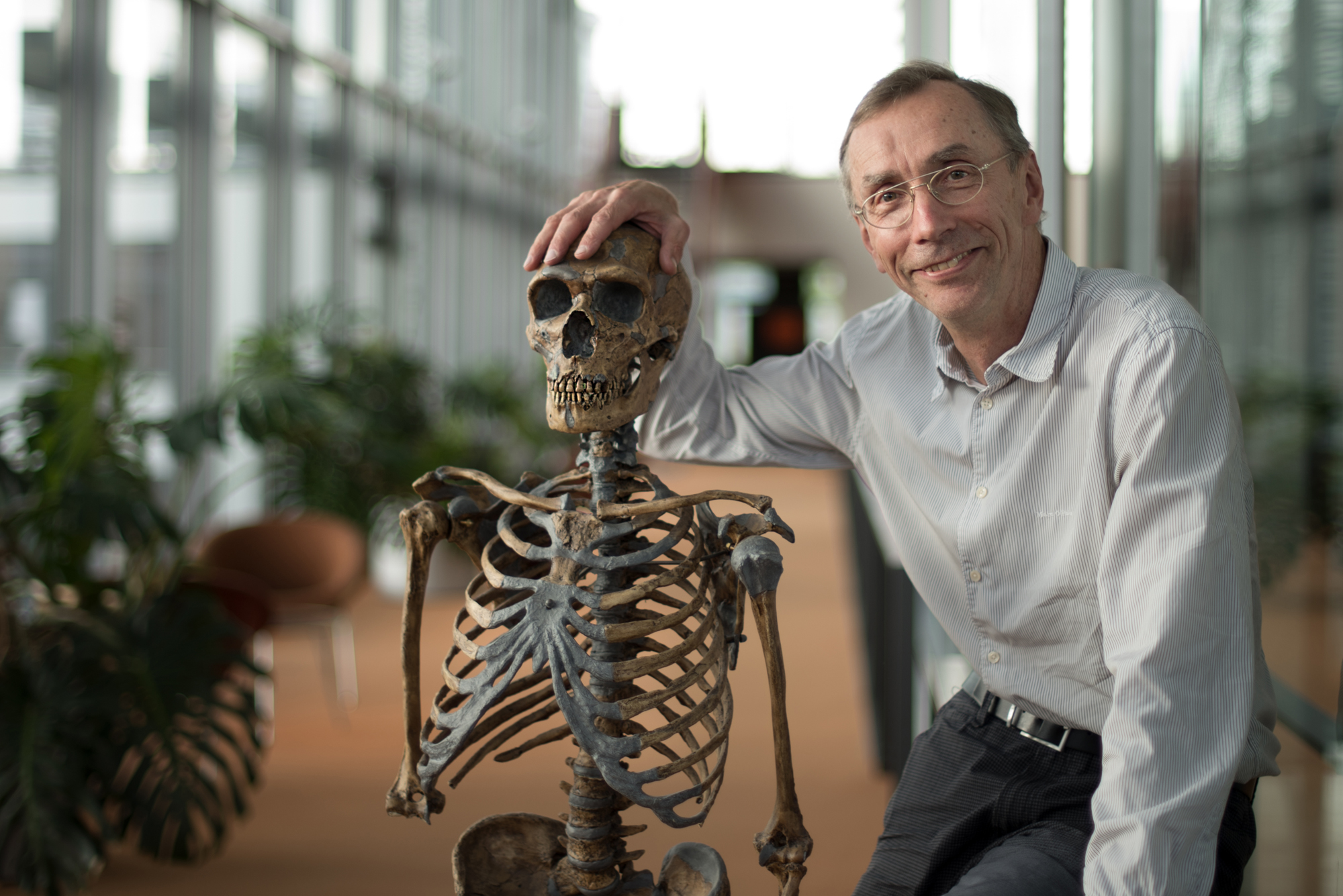Working with DNA

Evolutionary geneticist Matthias Meyer at work in the clean laboratory at the Max Planck Institute for Evolutionary Anthropology.
Analyzing the genome

Automated processes generate DNA libraries and isolate DNA.
Ancient humans

Svante Pääbo, lead author of the new study and director at the Max Planck Institute for Evolutionary Anthropology in Leipzig, stands with a replica of a Neanderthal skeleton.
Mingling populations

Drawing of a Neanderthal mother and a Denisovan father with their child, a girl, at Denisova Cave in Russia.
Get the world’s most fascinating discoveries delivered straight to your inbox.

Tia is the editor-in-chief (premium) and was formerly managing editor and senior writer for Live Science. Her work has appeared in Scientific American, Wired.com, Science News and other outlets. She holds a master's degree in bioengineering from the University of Washington, a graduate certificate in science writing from UC Santa Cruz and a bachelor's degree in mechanical engineering from the University of Texas at Austin. Tia was part of a team at the Milwaukee Journal Sentinel that published the Empty Cradles series on preterm births, which won multiple awards, including the 2012 Casey Medal for Meritorious Journalism.


